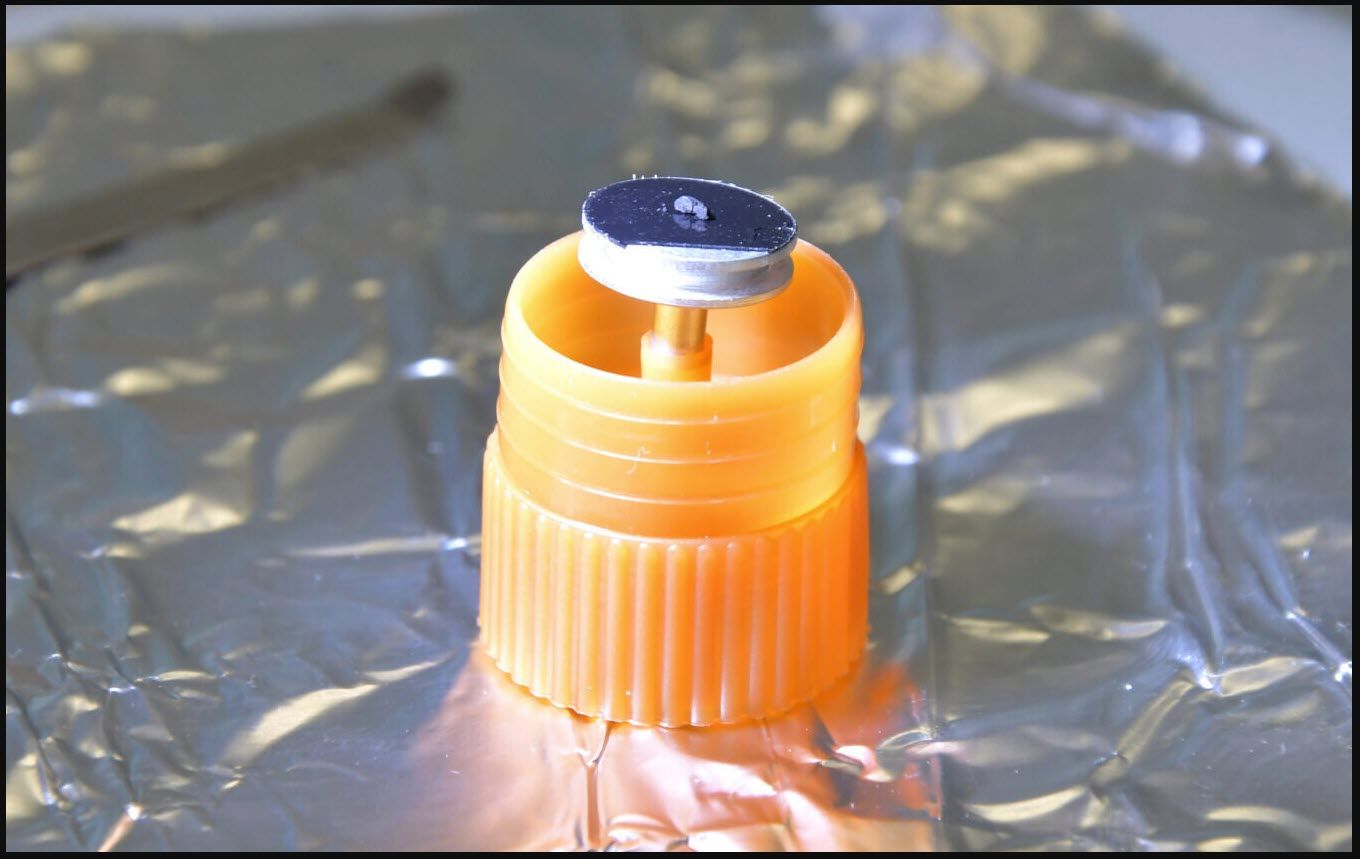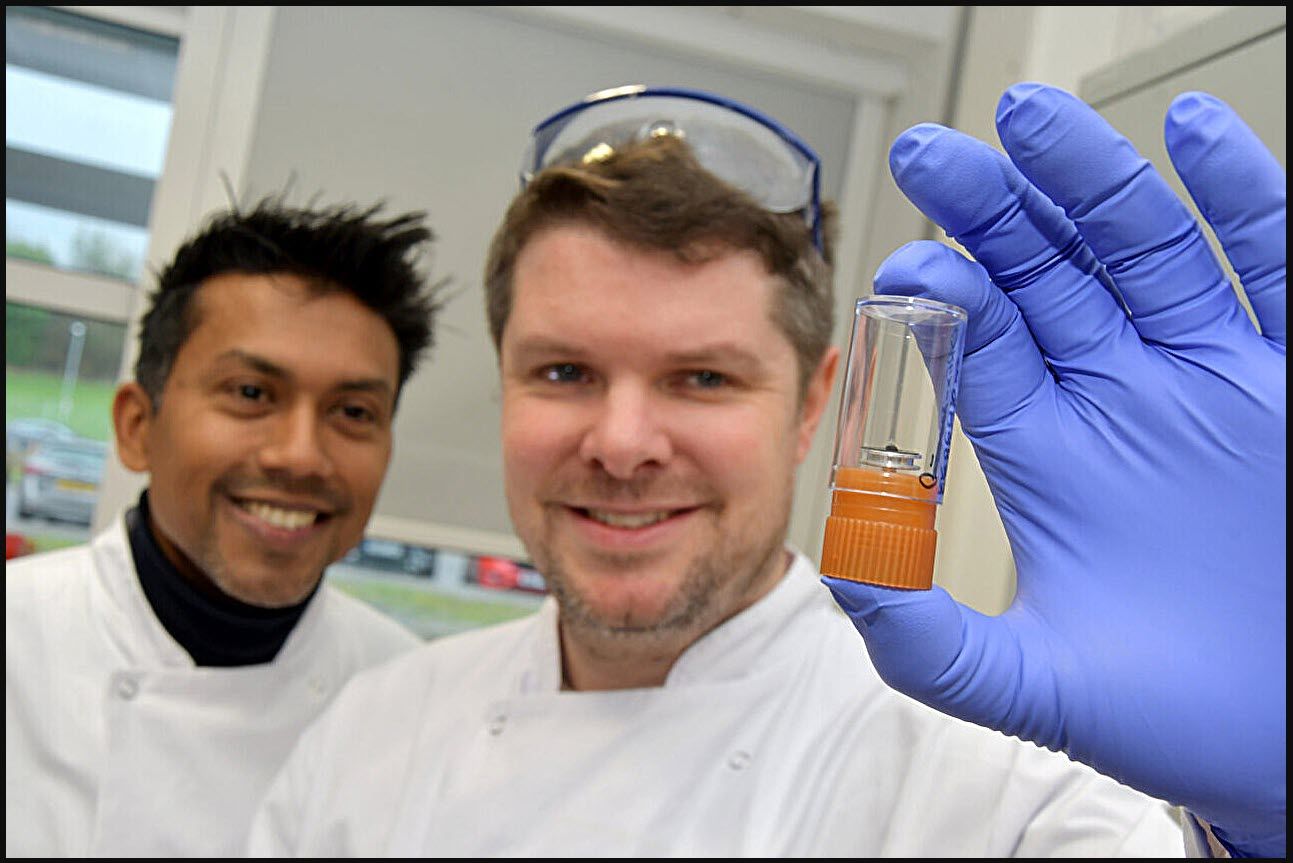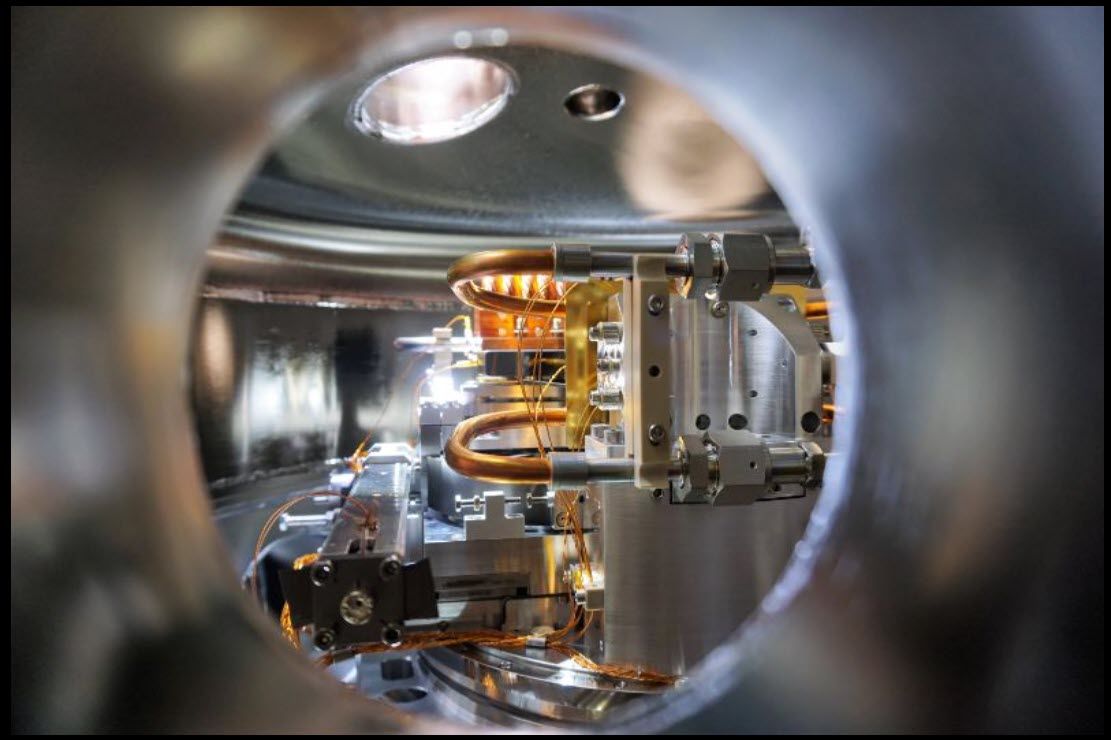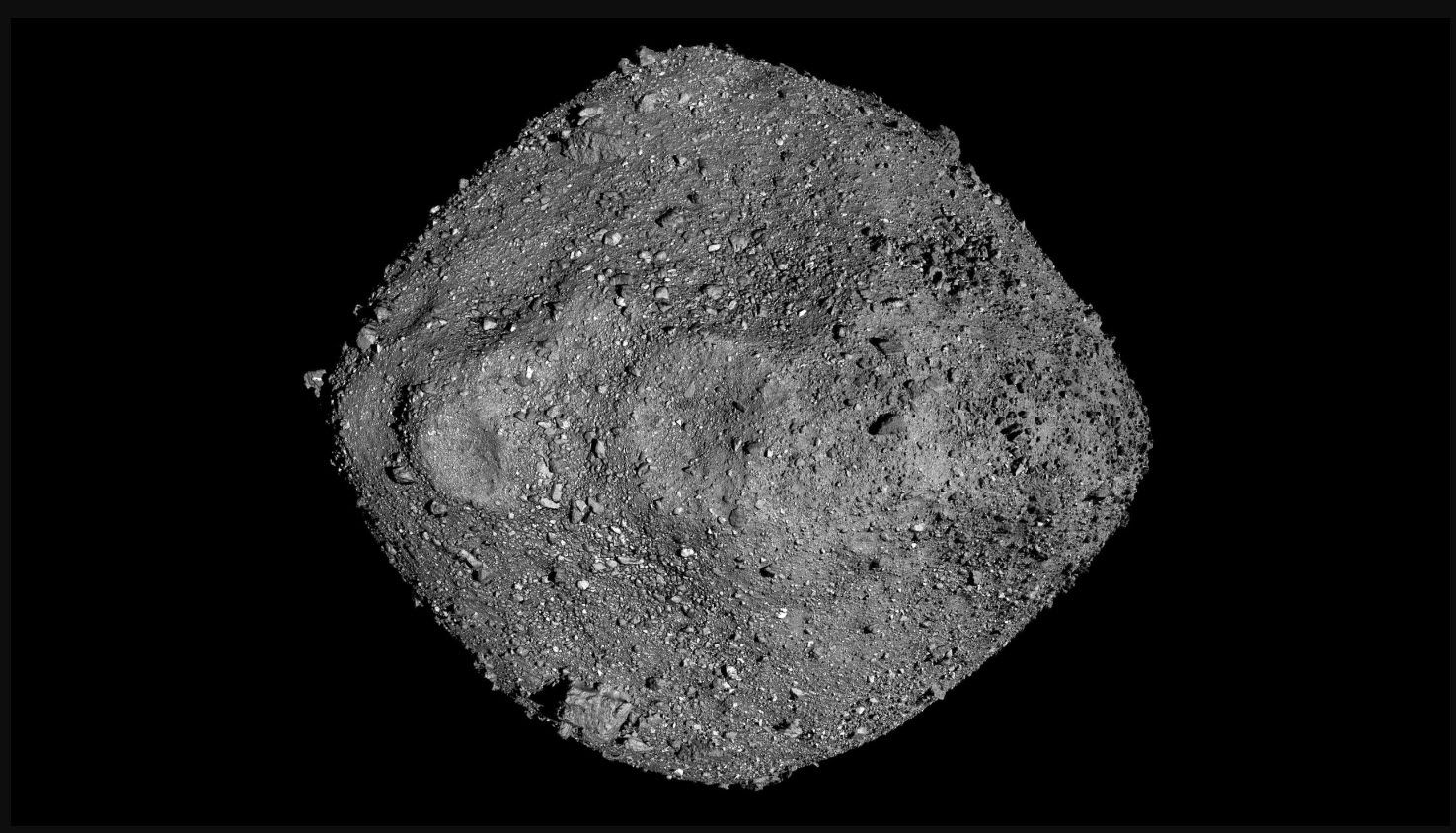After a spectacular journey, a grain from asteroid Bennu will be brought to the Diamond Light Source, the UK’s national synchrotron, for scientific measurements. The grains are part of 100 milligrams of sample sent to the Natural History Museum (NHM) in London, and are a small fraction of about 70 grams of rocks and dust from Bennu returned by NASA’s OSIRIS-REx mission. It will undergo extensive analysis on the Duplex Imaging and Diffraction Instrument (DIAD) on Diamond, by Dr Ashley King and his team at NHM, along with other collaborators on the OSIRIS-REx mission from the Universities of Oxford and Manchester Open Universities.
The DIAD beamline on diamond is a unique scientific tool that can extract information about chemical composition and enable virtual dissection at an unprecedented level of detail in a non-destructive manner. This will provide a large amount of scientific data and new knowledge about the asteroid and the origins of our solar system.
The Origins, Spectroscopic Interpretation, Resource Identification and Security-Regolith (OSIRIS-REx) probe was launched towards the asteroid Bennu on September 8, 2016. In October 2020, it collected a sample of rocks and dust from Bennu’s surface, 330 million km from Earth. The material collected by NASA’s mission took nearly three years to return to Earth (Utah Desert, USA) on September 24, 2023.
Dr. Ashley King, a planetary scientist at the Natural History Museum, specializes in using synchrotron techniques to examine specimens that are literally out of this world. He had previously studied meteorite samples at Diamond. This knowledge and the museum’s extensive collections of minerals and meteorites will be used in the study to enable sample comparisons and obtain standards that aid calculations for the research team.
Dr. King was part of the group that put the first eyes and instruments on rock samples from the asteroid Bennu and examined them in a specially designed laboratory at NASA’s Johnson Space Center in Texas. This preliminary analysis showed that the extraterrestrial black dust was rich in carbon and water-laden minerals, something Dr. King is keen to verify using the DIAD instrument on the diamond.
He comments: “Although this sample is small, only slightly larger than a grain of sand, it is more than enough to reveal a lot of information about our solar system. Diamonds are essential because they allow samples to be tested non-destructively, which is vital. Bennu’s samples will be used to test theories that asteroids like Bennu may have been involved in delivering key components of the young Earth system about 4.5 billion years ago.
“This is likely how we get water in our oceans and some of the compounds needed to start life. Our experiments focus on understanding the sample’s mineralogy, composition and texture to tell the story of Bennu’s history. Using DIAD, we will be able to explore Bennu’s minerals in 3D.
Dr. Sherif Ahmed, DIAD’s principal beamline scientist at Diamond, adds: “What sets DIAD apart is its unique ability to measure the chemical composition and 3D internal structure of a sample at the same time and at the same location. We achieved this by combining X-ray diffraction and computed tomography.” “With
DIAD is a dual-beam X-ray diffraction and scattering imaging instrument that allows scientists to investigate the internal 2D and 3D microstructure of complex and dynamic structures (with images) as well as local phase and pressure information (from diffraction) on the micrometer scale.
“It is incredible to think that these samples came from the asteroid through an engineering feat that made the OSIRIS-REx mission such a huge success,” concludes Professor Gianluigi Bottone, CEO of Diamond Light Source. “And then, it is great to see our scientists able to play their part in This is an important global collaboration. The participating teams believe that this research will accelerate our understanding of how planets formed and how life itself began, as asteroids are the basic building blocks of our solar system.
source:
https://phys.org/news/2023-12-synchrotron-based-analogy-asteroid-bennu.html

“Friendly zombie fanatic. Analyst. Coffee buff. Professional music specialist. Communicator.”



